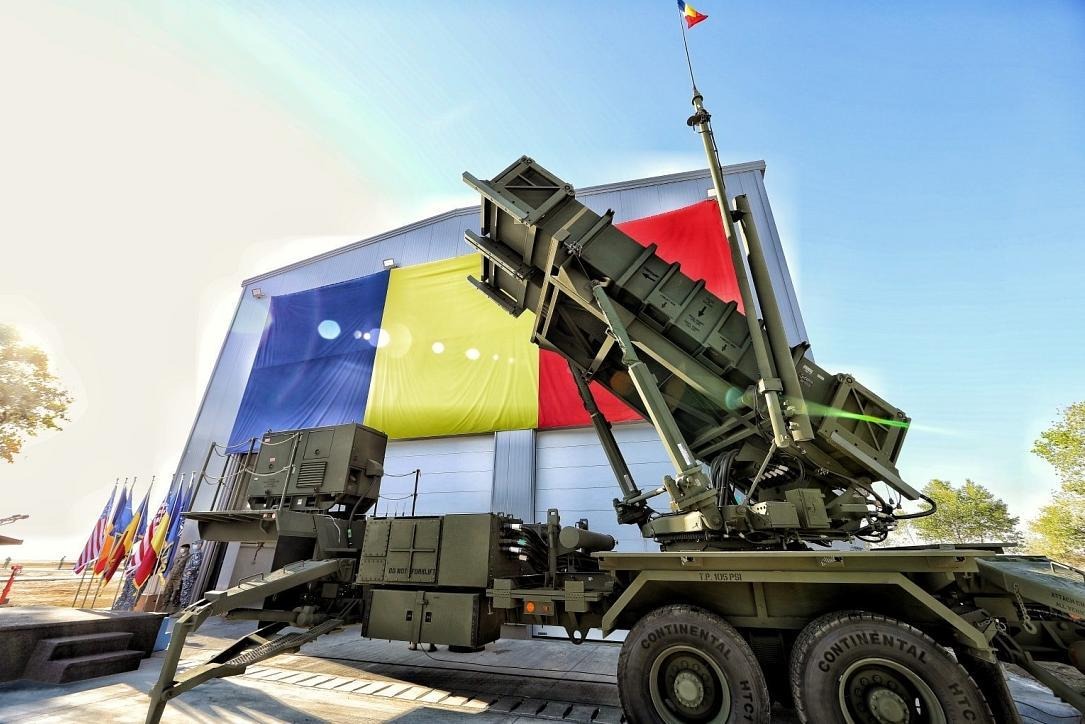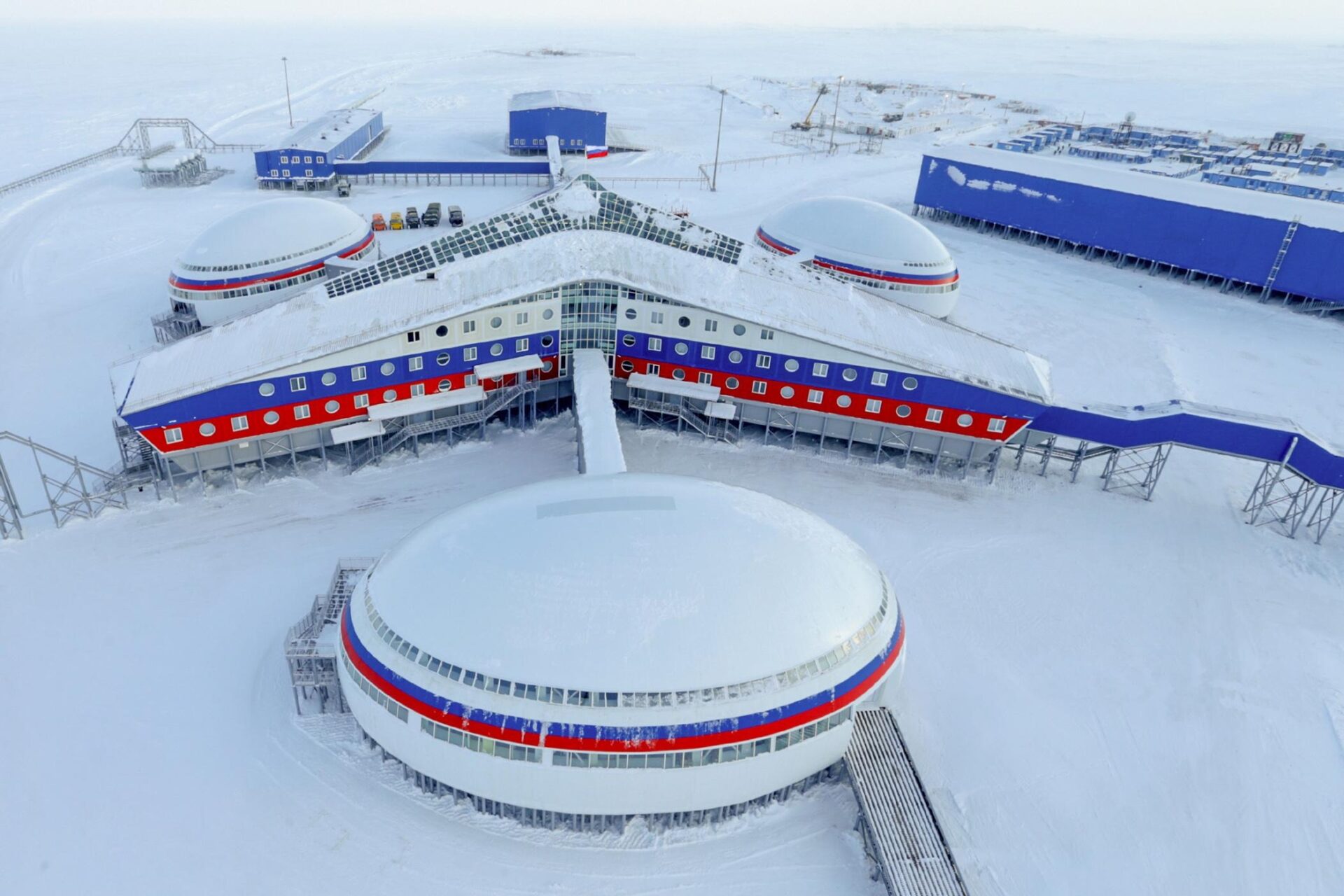
Romania Attempts to Modernize Naval Forces
Romania Attempts to Modernize Naval Forces
Executive Summary:
- Romania’s new government, sworn in on June 23, appears committed to modernizing the Romanian Naval Forces, but its naval forces remain severely underfunded and outdated.
- Bucharest has made some questionable decisions in its effort to regain lost time and opportunities to develop and maintain a credible deterrence posture in the Black Sea and build a balanced fleet.
- Current naval modernization efforts are limited in strategic value, raising concerns over their operational suitability in the Black Sea amid Russia’s war against Ukraine and the risks they pose to Romania’s fledgling naval industry.
Of all the branches of the Romanian armed forces, the Romanian Naval Forces is the smallest in terms of personnel and has benefited least from the modernization drive begun in 2017 (President of Romania, January 13, 2015). Most of its procurement programs have been either delayed or canceled, leaving the naval forces with outdated ships and obsolete capabilities. Considering Romania’s lobbying within the North Atlantic Treaty Organization (NATO), the European Union, and in Washington, D.C., regarding the importance of the Black Sea, the neglect of Romania’s sea power is difficult to explain. A strong navy is essential for any Black Sea policy or strategy, especially during wartime.
Romania’s new government, sworn in on June 23, seems ready to do more for the Romanian Naval Forces, considering the war in the Black Sea and the importance of freedom of navigation (Digi24.ro, June 23). Beyond security and defense, a particular interest for Romania in the near term is the development of the Neptun Deep gas field, situated offshore in the country’s exclusive economic zone. Extraction is expected to begin in 2027, and this gas field, which borders the exclusive economic zones of Ukraine and Türkiye, is anticipated to make a substantial contribution to the energy security of the European Union and Romania (Digi24.ro, March 25). Securing offshore extraction facilities, as well as underwater transport and communications infrastructure, is now a priority (Defense Romania, July 17).
The 2014 annexation of Crimea and the 2022 Russian full-scale invasion of Ukraine have had little impact on the Romanian Naval Forces’ order of battle. The same ships that were active in 2014 remain active today. Romania, furthermore, is the only NATO member that has had a warship damaged as a direct result of Russia’s war against Ukraine in the Black Sea. On September 8, 2022, the Romanian minesweeper Locotenent Dimitrie Nicolescu (DM-29) hit a small naval mine of unknown origin as it was trying to neutralize it, 25 nautical miles off Romania’s shores (SMFN, September 8, 2022). Luckily, there were no casualties, and the minesweeper could be towed back to port and repaired.
Before Russia’s full-scale invasion of Ukraine, Romania initiated a military modernization effort as part of its commitment to spending two percent of its gross domestic product (GDP) on defense. The procurement programs for the naval forces, however, were limited and received less funding than those for the land forces or the air force. Moreover, part of this modernization process includes upgrades to old and vulnerable ships, such as fast attack craft. The most promising and relevant procurement program, the acquisition of four multi-role corvettes, was canceled in 2024 due to mismanagement and prolonged litigation (Spotmedia.ro, March 14, 2024). New Naval Strike Missile (NSM) coastal defense anti-ship missile systems were ordered from the United States in 2021, and initial deliveries were expected to be made toward the end of 2024, but as of yet, no NSM coastal defense systems have been delivered or entered service (Hotnews.ro, July 13, 2021). The NSM program is one of the most important programs affected by delays in delivery.
The two Type 22 frigates Romania acquired from the United Kingdom in 2004 have received a modest upgrade through a U.S. Foreign Military Financing program, increasing their antisubmarine warfare capabilities (Romaniaregional.ro, August 15, 2022). A more thorough modernization of the two ships, however, has not yet taken place. The three Tarantul-class fast attack craft (FACs) purchased from the Soviet Union at the beginning of the 1990s are slated for modernization, despite being considered obsolete. All three ships are set to be re-engined with Canadian-supplied turbines and equipped with NSM anti-ship missiles in a program estimated to cost 365 million euros ($376.6 million) (Hotnews.ro, May 18, 2023). This program is probably the most wasteful, as only Romania and Bulgaria still operate this type of vessel in the Black Sea, as they are close to the end of their operational life and are vulnerable to unmanned surface vehicles (USVs), evident by the loss of the Russian Tarantul-class boat in 2024 (BBC, February 1, 2024).
Two used Sandown-class minehunters were acquired from the United Kingdom in 2023 to enhance the mine warfare capabilities of the Romanian Naval Forces (Hotnews.ro, May 18, 2023). This is the first major ship acquisition for the Romanian Navy in twenty years. Only one ship has been delivered and is now operational, however (SMFN, January 25, 2024). The other minehunter was expected to reach Romania by the end of 2024, but the delivery appears to be delayed (Defense Romania, September 21, 2023).
The decision to cancel the multirole corvette program was revisited earlier this year and has led to a peculiar acquisition. The National Defense Council approved a plan by the Ministry of Defense to acquire a “light corvette” from Türkiye, one of the heavily armed offshore patrol vessels of the Hisar–class, recently commissioned by the Turkish Navy (CSAT, March 28). This ship is expected to be delivered within 6 months after the contract between Romania and Türkiye is signed, after which it will enter a Romanian shipyard for further fitting with equipment requested by the Romanian Naval Forces (Hotnews.ro, July 17). This procurement will be complemented by another naval program for acquiring two locally built offshore patrol vessels (OPVs) through a tender (Tvrinfo.ro, July 12).
These plans raise several serious problems. First, taken together, the “light corvette” and OPV programs mean, in practice, the acquisition of at least three offshore patrol vessels over the next three years. Romania is likely to purchase a second Hisar-class OPV, considering the costs of maintaining a single ship of one type built outside the country.
Second, OPVs are ships that are not designed for high-intensity naval warfare and require escort from larger and better-equipped warships (corvettes, frigates, or destroyers). OPVs are usually lightly armed vessels, used by the coast guards to patrol a country’s exclusive economic zones for enforcing the international law of the sea and/or national law. The Black Sea is currently a theater of high-intensity naval warfare, and the threats faced by surface vessels range from diesel-electric submarines and USVs to high-performance multirole fighter jets and land-based subsonic and supersonic anti-ship missiles. Ukrainian USVs have damaged or sunk three Russian latest-generation OPVs over the past three years (TWZ.com, March 5, 2024). Overall, OPVs are the wrong type of naval platform for Romania to invest in, considering the threat matrix in the Black Sea.
Finally, although Romania’s need for new and capable ships is evident, the current plans put forward by the government will not deliver in terms of capabilities, and worse still, are likely to undermine the country’s fledgling naval industry. Moreover, the potential transfer of technology from Turkish shipyards to Romanian ones is limited and redundant. Romania has built and exported “light corvettes” to Pakistan since 2020 (RRA, February 13, 2020). Therefore, it makes little sense to acquire one from abroad. The Hisar-class OPV was primarily developed by the Turkish naval industry to be equipped with locally developed naval weapons systems, which have to be replaced with ones selected by the Romanian navy (EDR Magazine, November 27, 2023). Re-arming the ships with Romanian-specific equipment will likely take time, considering the economic turbulences affecting global supply chains and increased demand for weapons systems. This undermines the rationale for the Turkish vessel being a short-term solution to address Romania’s lack of modern naval capabilities in the Black Sea.
To develop and maintain a credible deterrence posture in the Black Sea, Romania would need to build a balanced fleet. Currently, Bucharest is struggling to catch up with lost time and opportunities, and in this context, questionable decisions have been made.


